Special Offers
Flowers & Plants
Seeds
Fruit & Vegetables
House Plants
New In & Trending
Tool Shed
Outdoor Living
Garden Tips
Garden Plants
Shrubs
Flower Seeds
Flower Bulbs & Tubers
Plants for Pollinators
New In & Trending
Flowers Despatching This Week
Back to Garden Plants
Garden Plants
Annual Plants
Perennial & Biennial Plants
Bare Root Trees & Plants
Garden Ready Plants
Hanging Basket Plants
Patio Plants
Plug Plants
Potted Hardy Plants
Pre Planted Hanging Baskets
Trees
Back to Shrubs
Shrubs
Buddleja Shrubs
Campsis Shrubs
Cornus Shrubs
Coronilla Shrubs
Daphne Shrubs
Gardenia Shrubs
Hibiscus Shrubs
Holly Shrubs
Hydrangea Shrubs
Back to Flower Seeds
Flower Seeds
Hardy Annual Seeds
Half-Hardy Annual Seeds
Perennial & Biennial Seeds
Wildflower Seeds
Cosmos Seeds
Marigold Seeds
Nasturtium Seeds
Petunia Seeds
Poppy Seeds
Sunflower Seeds
Sweet Pea Seeds
Edible Flower Seeds
Royal Botanic Gardens, Kew, Seeds
Mr Men & Little Miss Seeds
New Flower Seeds
All Other Flower & Shrub Seeds
All Seeds
Flowers to Sow in January
Flowers to Sow in February
Flowers to Sow in March
Flowers to Sow in April
Flowers to Sow in May
Flowers to Sow in June
Flowers to Sow in July
Flowers to Sow in August
Flowers to Sow in September
Flowers to Sow in October
Flowers to Sow in November
Flowers to Sow in December
Back to All Seeds
All Seeds
Easy to Grow Seeds
Popular Flower Seeds
Seeds to Sow Now
Mr Men & Little Miss Seeds
Royal Botanic Gardens, KEW Seeds
Trending Seeds
Back to Flower Seeds
Flower Seeds
New Flower Seeds
All Seeds
Hardy Annual Seeds
Half-Hardy Annual Seeds
Perennial & Biennial Seeds
Royal Botanic Gardens, Kew Seeds
Mr Men & Little Miss Seeds
Wildflower Seeds
Cosmos Seeds
Marigold Seeds
Nasturtium Seeds
Petunia Seeds
Poppy Seeds
Sunflower Seeds
Sweet Pea Seeds
All Other Flower & Shrub Seeds
Flowers to Sow in January
Flowers to Sow in February
Flowers to Sow in March
Flowers to Sow in April
Flowers to Sow in May
Flowers to Sow in June
Flowers to Sow in July
Flowers to Sow in August
Flowers to Sow in September
Flowers to Sow in October
Flowers to Sow in November
Flowers to Sow in December
Back to Vegetable Seeds
Vegetable Seeds
New Vegetable Seeds
Beetroot & Chard Seeds
Brassica & Leafy Green Seeds
Carrot & Parsnip Seeds
Cucumber Seeds
Herb Seeds
Onion & Leek Seeds
Pea & Bean Seeds
Pumpkin, Squash & Courgette Seeds
Salad Seeds
Spinach Seeds
Sweet Pepper & Chilli Seeds
Tomato Seeds
All Other Vegetable Seeds
Royal Botanic Gardens, Kew Seeds
Mr Men & Little Miss Seeds
Vegetables to Sow in January
Vegetables to Sow in February
Vegetables to Sow in March
Vegetables to Sow in April
Vegetables to Sow in May
Vegetables to Sow in June
Vegetables to Sow in July
Vegetables to Sow in August
Vegetables to Sow in September
Vegetables to Sow in October
Vegetables to Sow in November
Vegetables to Sow in December
Vegetable Seeds
Potatoes, Onions & Garlic Sets
Vegetable Plants
Fruit
New In & Trending
Fruit Despatching This Week
Back to Vegetable Seeds
Vegetable Seeds
Pea & Bean Seeds
Broad Bean Seeds
Runner Bean Seeds
Pepper (Sweet) & Chilli Seeds
Carrot & Parsnip Seeds
Brassica & Leafy Green Seeds
Cucumber Seeds
Herb Seeds
Salad Seeds
Onion & Leek Seeds
Pumpkin, Squash & Courgette Seeds
Beetroot & Chard Seeds
All Other Vegetable Seeds
Tomato Seeds
Winter Vegetable Seeds
Vegetables to Sow in January
Vegetables to Sow in February
Vegetables to Sow in March
Vegetables to Sow in April
Vegetables to Sow in May
Vegetables to Sow in June
Vegetables to Sow in July
Vegetables to Sow in August
Vegetables to Sow in September
Vegetables to Sow in October
Vegetables to Sow in November
Vegetables to Sow in December
Back to Potatoes, Onions & Garlic Sets
Potatoes, Onions & Garlic Sets
First Early Potatoes
Second Early Potatoes
Maincrop Potatoes
Second Cropping Potatoes
Sweet Potatoes
Onions, Shallots & Garlic Sets
Back to Vegetable Plants
Vegetable Plants
Artichoke Plants
Asparagus Plants
Brassica & Leafy Green Plants
Cucumber Plants
Culinary Herb Plants
Pea & Bean Plants
Pepper (Sweet) & Chilli Plants
Salad Plants
Mushroom Kits
Flowers & Plants New & Trending
Fruit & Vegetables New & Trending
Seeds New & Trending
House Plants New & Trending
Garden Ready New & Trending
Back to Flowers & Plants New & Trending
Flowers & Plants New & Trending
New Flower Plants
New Flower Seeds
New Bulbs & Tubers
Looking Good on the Nursery
Recommended by our Experts
Trending Flowers & Plants
Back to Fruit & Vegetables New & Trending
Fruit & Vegetables New & Trending
New Vegetable Plants
New Vegetable Seeds
New Fruit Plants
New Fruit Trees
Recommended by our Experts
Trending Fruit & Vegetables
Garden Tools & Equipment
Garden Machinery
Garden Compost
Garden Worms
Plant Pots
Garden Irrigation & Watering
Fertilisers
Plant Protection
Hanging Baskets
Pest Control
Back to Garden Tools & Equipment
Garden Tools & Equipment
Barrows & Trolleys
Garden Gloves
Composting
Hand Tools
Harvesting
Lawn Seed
Plant Supports
Sowing & Growing
Tree Stakes
Weed Control
Workshop
Garden Furniture
Buildings & Fencing
Landscaping
Garden Living
Water Features
Wild Bird Food
Bird Care Accessories
Wildlife Havens
Back to Buildings & Fencing
Buildings & Fencing
Back to Garden Living
Garden Living
Barbecues & Firepits
Garden Storage
Solar Lights & Lighting
Fixtures & Ornaments
Garden Clocks
Patio Heaters
Back to Gardening Hubs
Gardening Hubs
House & Garden Plants
Alpines & rockery plants
Annuals
Bedding plants
Begonias
Clematis
Climbing plants
Conifers
Dahlias
Drought-proof plants
Evergreen plants
Exotic plants
Fuchsias
Gardening for wildlife
Geraniums
Grasses
Hanging baskets
Houseplants
Hydrangeas
Dianthus 'Carnelia Pink & Proud' 5 Postiplugs ONLY £5.99 with any order - Available in your basket
Our Must Haves

Our Experts
Choice
Osteospermum 'Purple Sun' from £11.99
Ideal for borders, rockeries and containers

ONLY
£24.99
Fuchsia Whip Trio
Compact upright and bushy plants

FROM
£54.99
Garden Gear Metal Raised Modular Planter
Choose from any one of 6 shapes to suit your own needs
Our Plant sizes explained
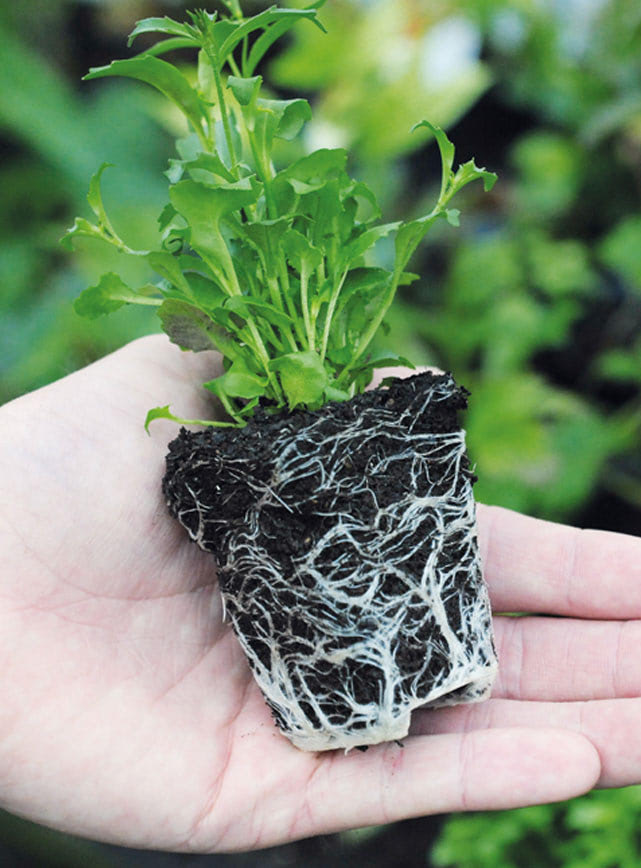
Find out more
Our latest catalogue
.jpg)
Request a copy
Sign Up For Exclusive Special Offers
About us
Customer Help Centre
Planting & Cultural Advice
Job Vacancies
Privacy Policy
Cookies
Environmental Policy
Terms & Conditions
Certificates
Our Gardening App
T&M Marketplace
Affiliate Program
Group Scheme
Product Reviews
Delivery
Quick Shop
Gender Pay Gap
Modern Slavery Act
Gardening Club
eGift Vouchers
Request a Catalogue
Retail Enquiries
Seed Stockists
Press & Media Resources
Wholesale Enquiries
Promotional Seeds Enquiries
Ukraine Appeal




© 2025 Thompson & Morgan. All rights reserved. A division of Branded Garden Products Limited.



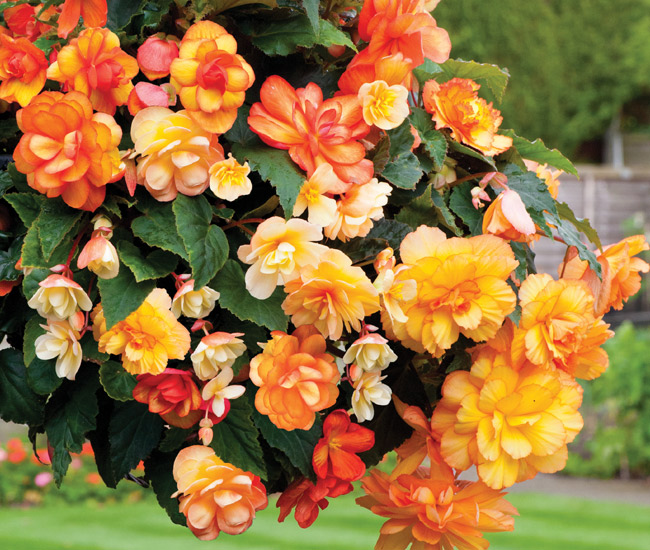
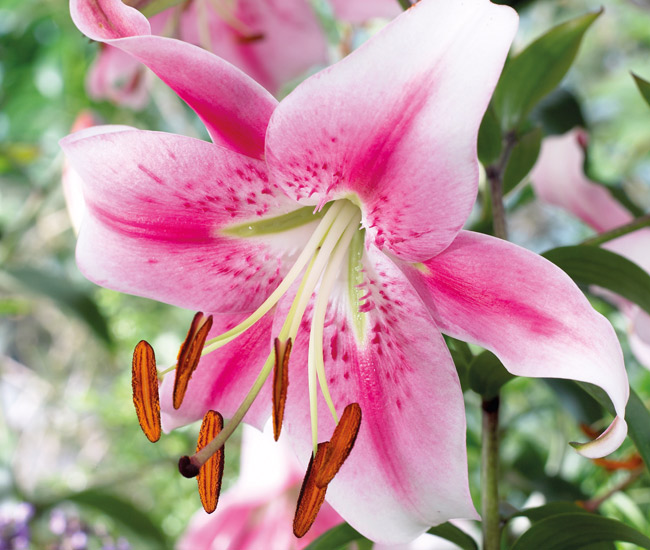
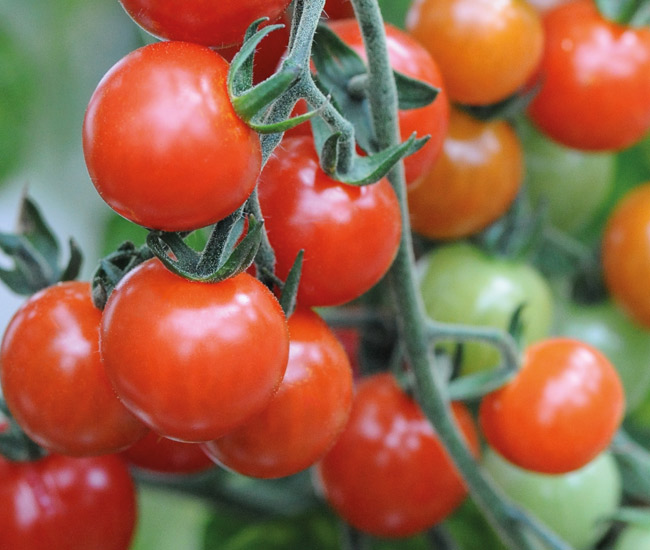
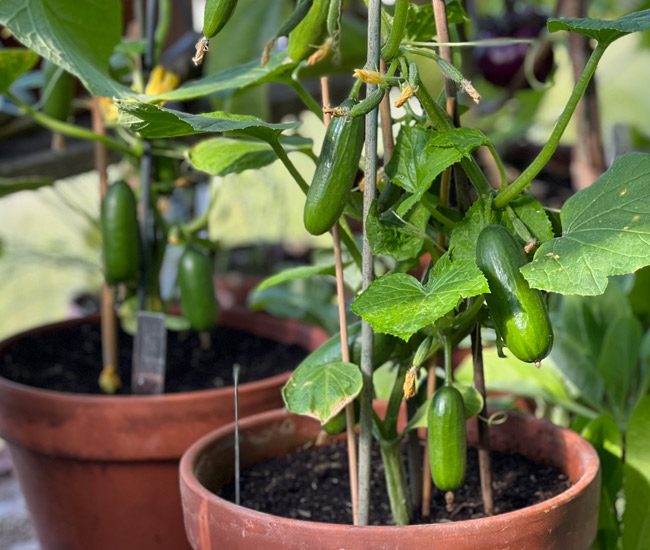


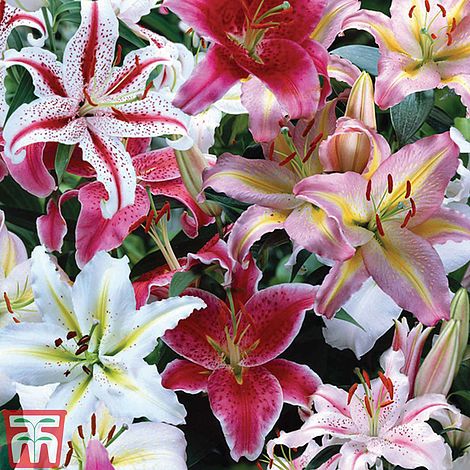


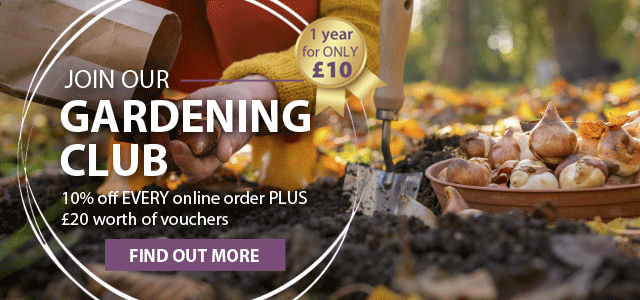
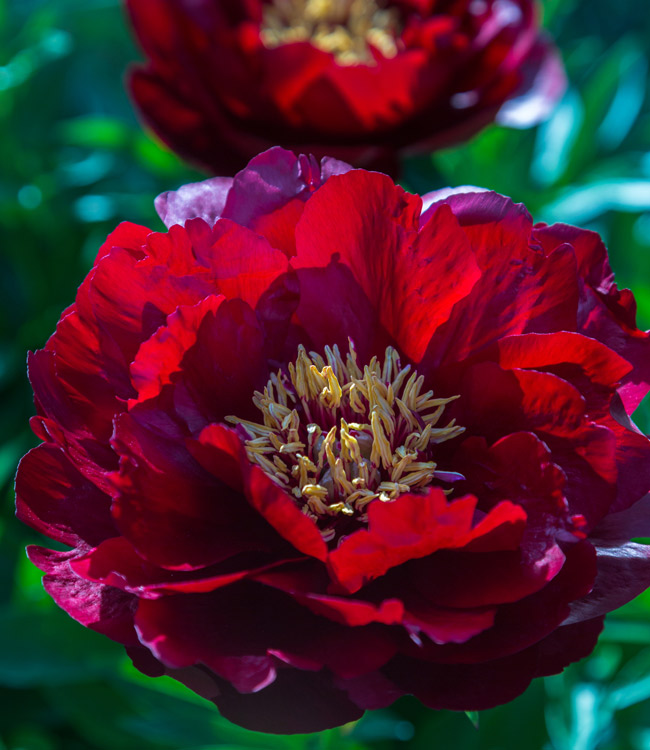



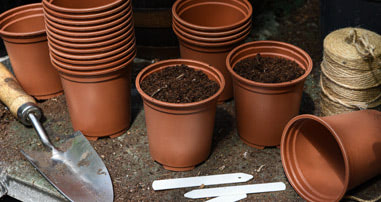
.jpg)


